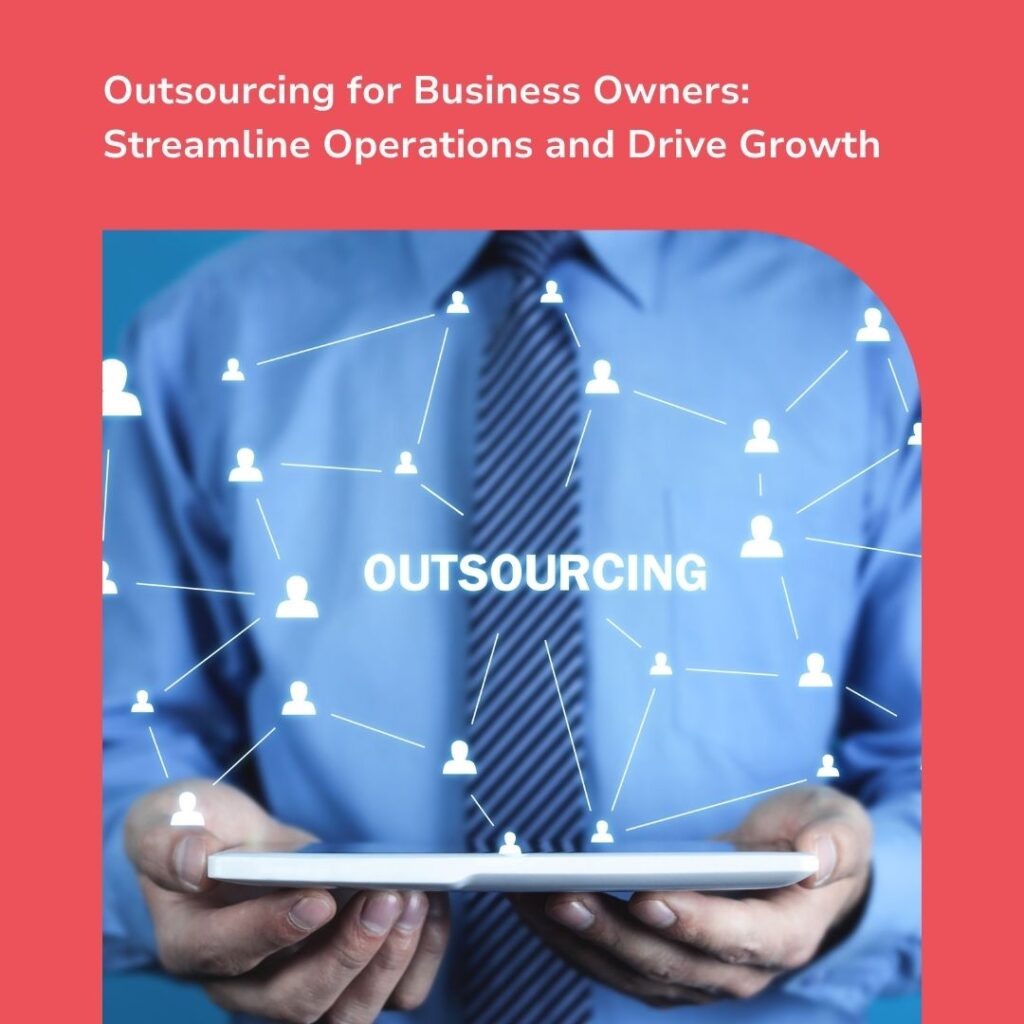Data Targeting is quickly becoming a necessity for businesses looking to succeed in the ever-changing and competitive modern landscape.
By leveraging data targeting strategies, organisations can identify their target market more effectively and focus on core areas of business growth. In this blog post, we’ll explore the power of data targeting and what it can do to help your business achieve lasting success.
So grab a cup of coffee and join us as we dive into the world of data targeting as a strategic tool for business growth!
What is Data Targeting?
Data targeting is the process of using data to identify and target market segments that are most likely to respond to a particular product or service offering. It helps businesses better understand their ideal customer base by obtaining detailed insights into how people behave online, what they search for, what content they consume, and who they connect with on social media platforms.
Advantages of Data Targeting
There are numerous advantages to using data targeting as a strategic tool for business growth. These include:
Improved Understanding of Customers
By leveraging accurate consumer data, businesses can gain valuable insights into their target audience, allowing them to tailor their offerings and marketing campaigns accordingly. This helps them create more targeted and effective strategies that result in higher conversion rates.
Increased Reach
Data targeting can also help businesses expand their reach by identifying new customer segments with similar characteristics to those already being targeted. This allows organisations to engage customers who may not have been exposed to their products or services before, thus increasing the number of potential buyers.
Greater Efficiency
Utilising data targeting strategies can help businesses streamline their marketing efforts and ensure that they are using resources in the most effective way possible. This helps to enhance overall efficiency and reduces costs, allowing organisations to focus more of their budget on activities that deliver maximum results.
Improved ROI
By enabling businesses to target specific audiences, data targeting can help maximise the return on investment of their marketing campaigns. Organisations can focus their efforts on high-value customers and ensure that they are getting the most out of every pound spent.
How to Use Data Targeting to Connect With Your Customers?
Data targeting is an effective way to understand customers better and reach out to them in a more meaningful way. Here are some tips on how you can use data targeting to connect with your customers:
Collect Data
The first step in using data targeting is to collect the relevant information about your target market, such as their interests, demographics, and buying habits.
Analyse Data
Once you have the data, it needs to be analysed to find patterns and insights that can help inform your targeting strategies. By leveraging sophisticated analytics tools, businesses can gain a deeper understanding of their customer base and develop more effective strategies for reaching them.
Spot Patterns
After analysing the data, businesses should use it to spot patterns and trends in terms of customer behaviour. This will help them identify their ideal customers and tailor marketing messages accordingly.
Personalise Your Messages
By leveraging customer data, businesses can create more personalised messages that will resonate with their target customers. This helps to build trust and foster relationships with potential buyers by providing them with content that is tailored to their specific needs and interests.
Test Your Strategies
The next step is to test your targeting strategies by running A/B testing campaigns or conducting market research surveys. This allows you to get feedback from customers and tweak your strategies as needed to ensure maximum efficiency.
Monitor Performance
Finally, businesses need to monitor the performance of their data targeting efforts in order to ensure that they are achieving the desired results. By tracking key metrics such as engagement rates and conversion rates, organisations can optimise their strategies and ensure that they are getting the most out of every pound spent.
How to Ensure Your Data Targeting Strategies are Effective?
Data targeting can help businesses target the right customers with the right messages, but it’s important to ensure that your strategies are effective. Here are a few tips on how to make sure you’re getting the most out of your data targeting initiatives:
Set Clear Goals
Before you start building your data targeting strategies, make sure you have a clear understanding of the objectives you want to achieve. This will help ensure that your efforts are focused and aligned with the overall goals of your organisation.
Test Your Strategies
Once you’ve established your data targeting strategy, it’s important to test it out before launching it on a larger scale. This will help you identify any issues or flaws that need to be addressed before rolling it out.
Monitor Performance
Lastly, make sure you are monitoring the performance of your data targeting efforts. This will allow you to track progress and adjust your strategies if needed in order to ensure maximum effectiveness.
By following these tips, businesses can ensure that their data targeting strategies are delivering the desired results and helping them reach their goals. With the right data, combined with a well-crafted strategy, organisations can unlock powerful insights that will help them better understand their customers and drive successful outcomes.
Common Mistakes to Avoid When Implementing a Data Targeting Plan
Data targeting can be a powerful tool, but there are some common mistakes that businesses need to avoid in order to get the most out of their efforts. Here are a few of the most important things to keep in mind when implementing a data targeting plan:
Over-Targeting
It’s important not to target too many people with the same message. This can lead to wasting resources and diluting your message, making it difficult for customers to understand what you’re offering or why they should purchase from you.
Ignoring Customer Preferences
It’s also important to take into account customer preferences when crafting your messages. Customers are more likely to engage with messages that are tailored to their specific needs and interests.
Not Leveraging Automation
Automated data targeting tools can be a great way to ensure that your strategies are effective and efficient. By leveraging automated tools, you can save time and resources while still reaching the right customers with the right messages.
By avoiding these common mistakes, businesses can ensure that their data targeting efforts are successful and effective. By leveraging customer data and creating personalised messages, organisations can better understand their customers, build trust, and drive more conversions.
Conclusion
Data targeting is a powerful tool for businesses looking to reach the right customers with the right messages.
By leveraging customer data and creating personalised content, organisations can better understand their customers and drive successful outcomes. It’s important to develop an effective strategy, test it out, and monitor its performance in order to ensure maximum effectiveness.
Finally, it’s essential to avoid common mistakes such as over-targeting and ignoring customer preferences. By following these tips, businesses can ensure that their data targeting efforts are delivering the desired results and helping them reach their goals.









